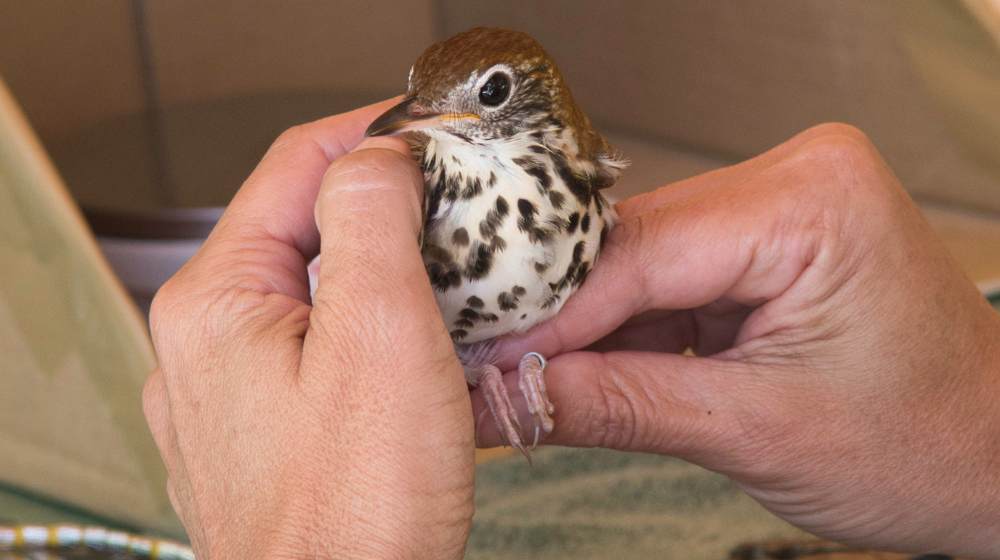While you may not have seen this secretive yet beautiful bird, if you regularly walk in Warner Parks you have probably heard a Wood Thrush’s melodious flute-like song.
Wood Thrushes breed here in the summer, often producing two sets or broods of young in May through July. Unfortunately, Wood Thrushes are now listed as a Species in Need of Management by the Tennessee Wildlife Resources Agency and are listed as a priority species in 25 U.S. states and Canada because of long-term population declines.
Since Fall 2020, the Warner Parks Bird Program has radio-tagged Wood Thrushes at our Warner Park Nature Center banding station to help us better understand their breeding habitat use, timing of migration, and migration ecology to inform management practices.
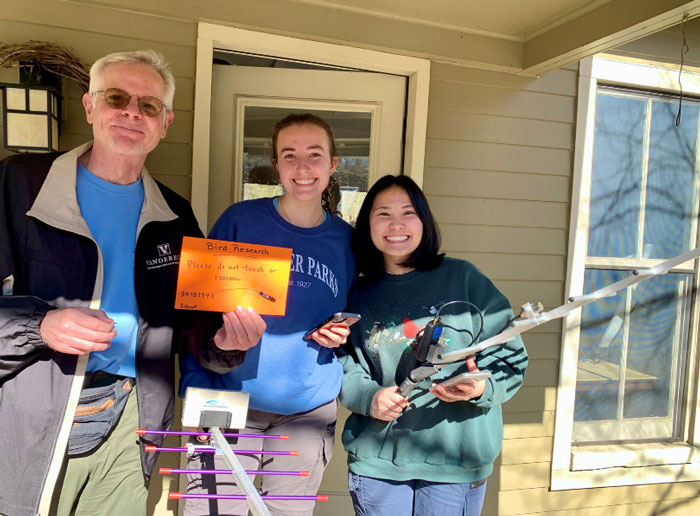
As of last summer, we have radio-tagged 21 Wood Thrushes with solar-powered transmitters. Using a hand-held receiver we have also been able to locate and document nesting areas with Warner Parks. These breeding birds generally remain in our area through the end of September or early October before heading south for the winter.
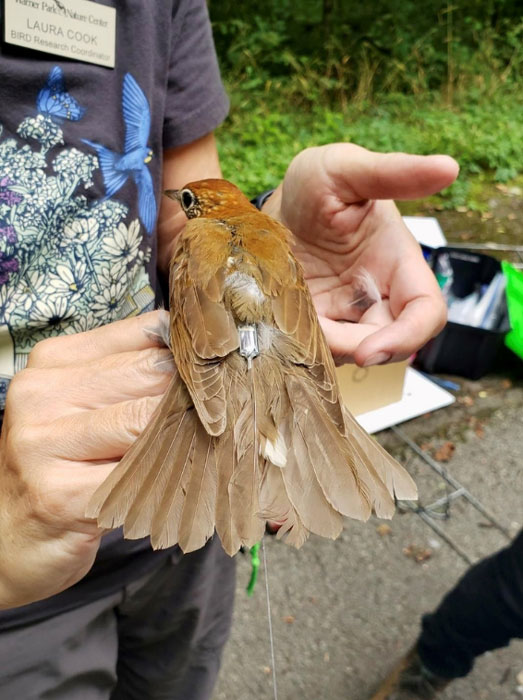
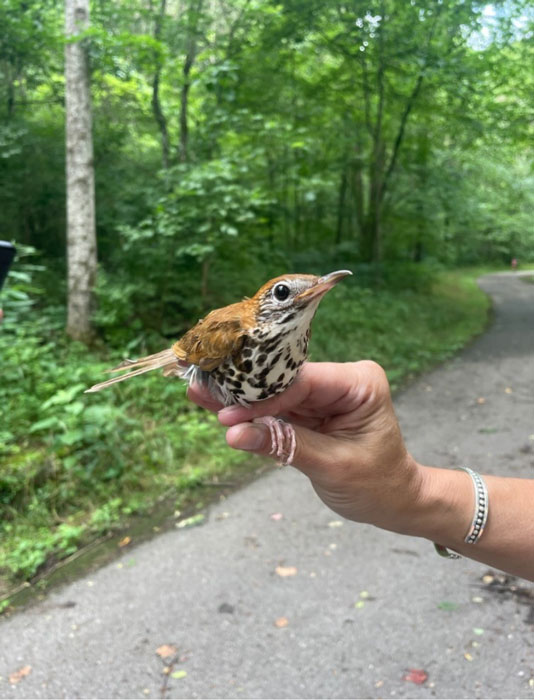
This year, we were invited to participate in a first-of-its kind, range-wide research project coordinated by the US Fish and Wildlife Service. An international group of bird-conservation partners are conducting a hemispheric research and conservation project across the Wood Thrush’s breeding and non-breeding ranges with the goal to radio-tag over 600 Wood Thrushes.
The purpose of the research is to better understand migratory connections, routes, timing, and survival across their full life cycle. Tennessee has committed to radio-tagging at least 25 Wood Thrushes and the Bird Program is contributing to this research by radio-tagging a minimum of 5 Wood Thrushes within Warner Parks.
To prepare for this project, Warner Parks hosted a training session in early May with Tennessee partners to refine our radio-tagging skills and work through details of the research project to ensure Tennessee can radio-tag at least 25 Wood Thrushes as part of this larger study.
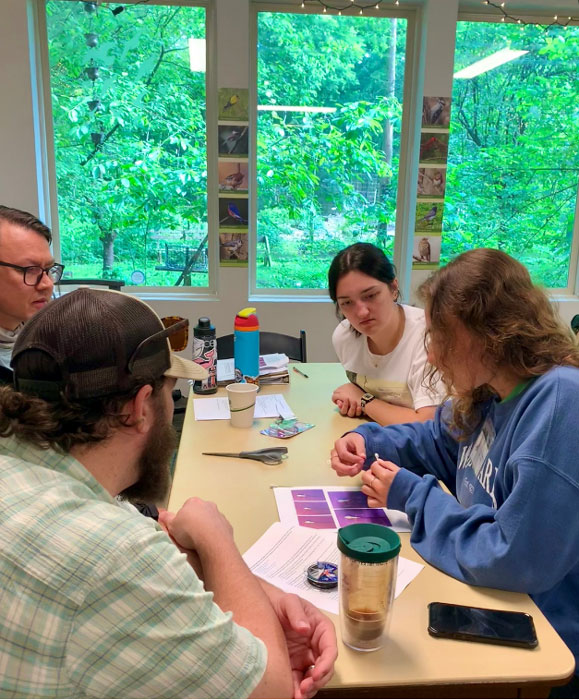
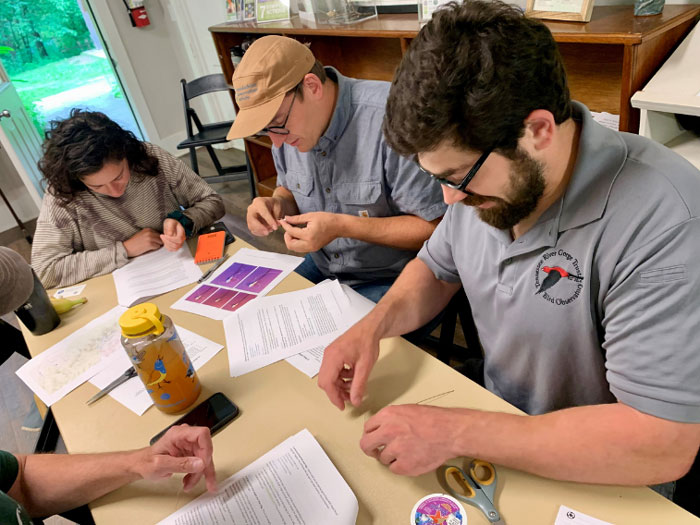
As of June 7th, we reached our commitment of 5 radio-tagged Wood Thrushes in Warner Parks!
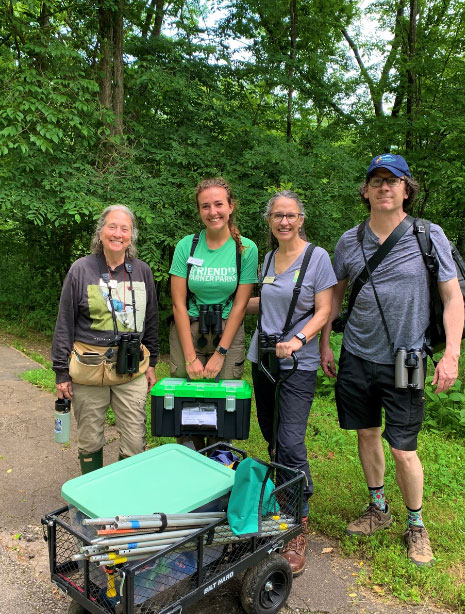
Now that these Wood Thrushes are radio-tagged, our summer Bird Interns from Lipscomb University will focus their individual research project on documenting their nesting areas and behaviors. Our fabulous interns, Lexi Price (right) and Amelia Browning (left), will be featured in a Lipscomb University newsletter for their research and contributions.
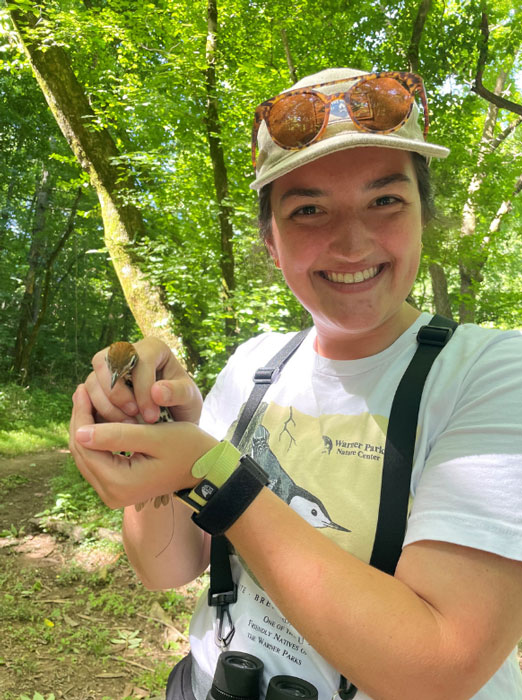
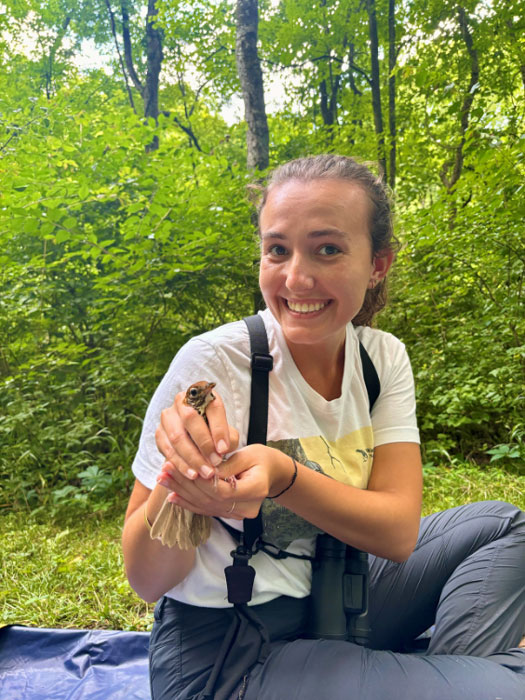
If you would like to learn more about this research, please stop by to observe one of our banding sessions at Warner Park Nature Center to talk with our Bird team and summer interns about this fascinating project. Banding dates can be found here.
Our Bird Program and Motus work is supported by generous grants and donations from the Barbara J. Mapp Foundation, AWC Family Foundation, Friends of Warner Parks, Metro Parks, Warner Park Nature Center, and the many dedicated volunteers who make it all possible.
All capture, banding, and radio-tagging in the Warner Parks is conducted under a federally authorized bird banding permit issued by the U.S. Geological Survey’s Bird Banding Laboratory.

